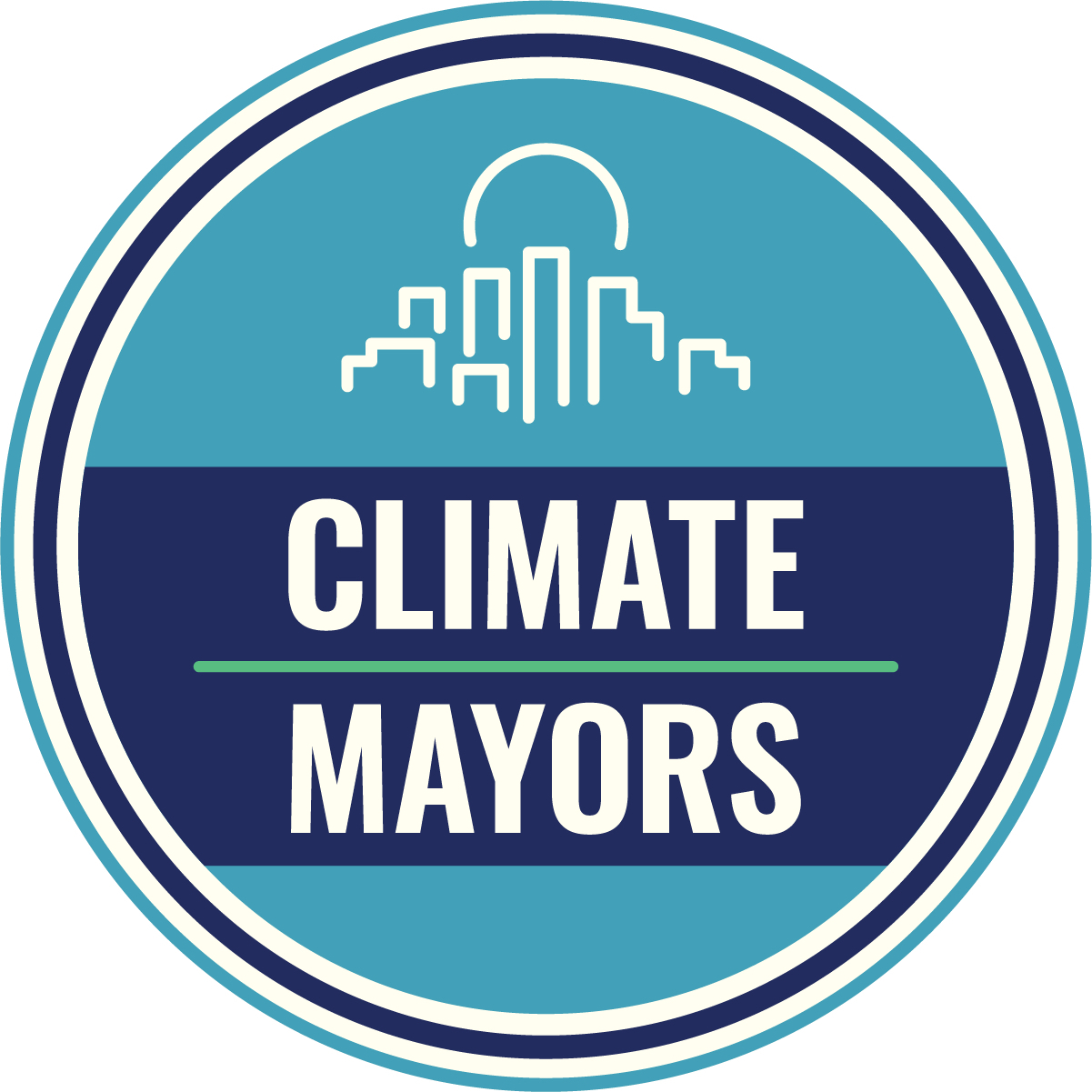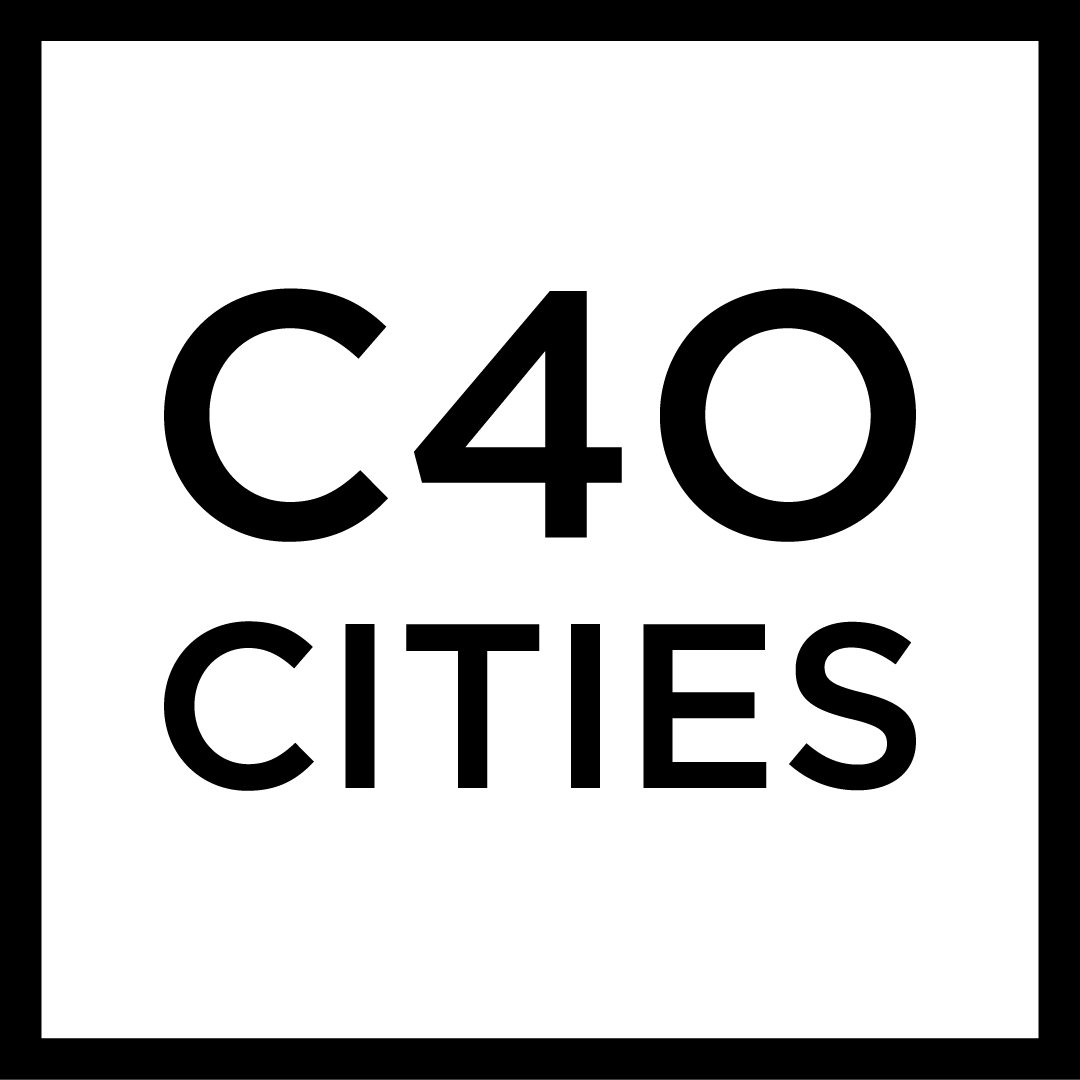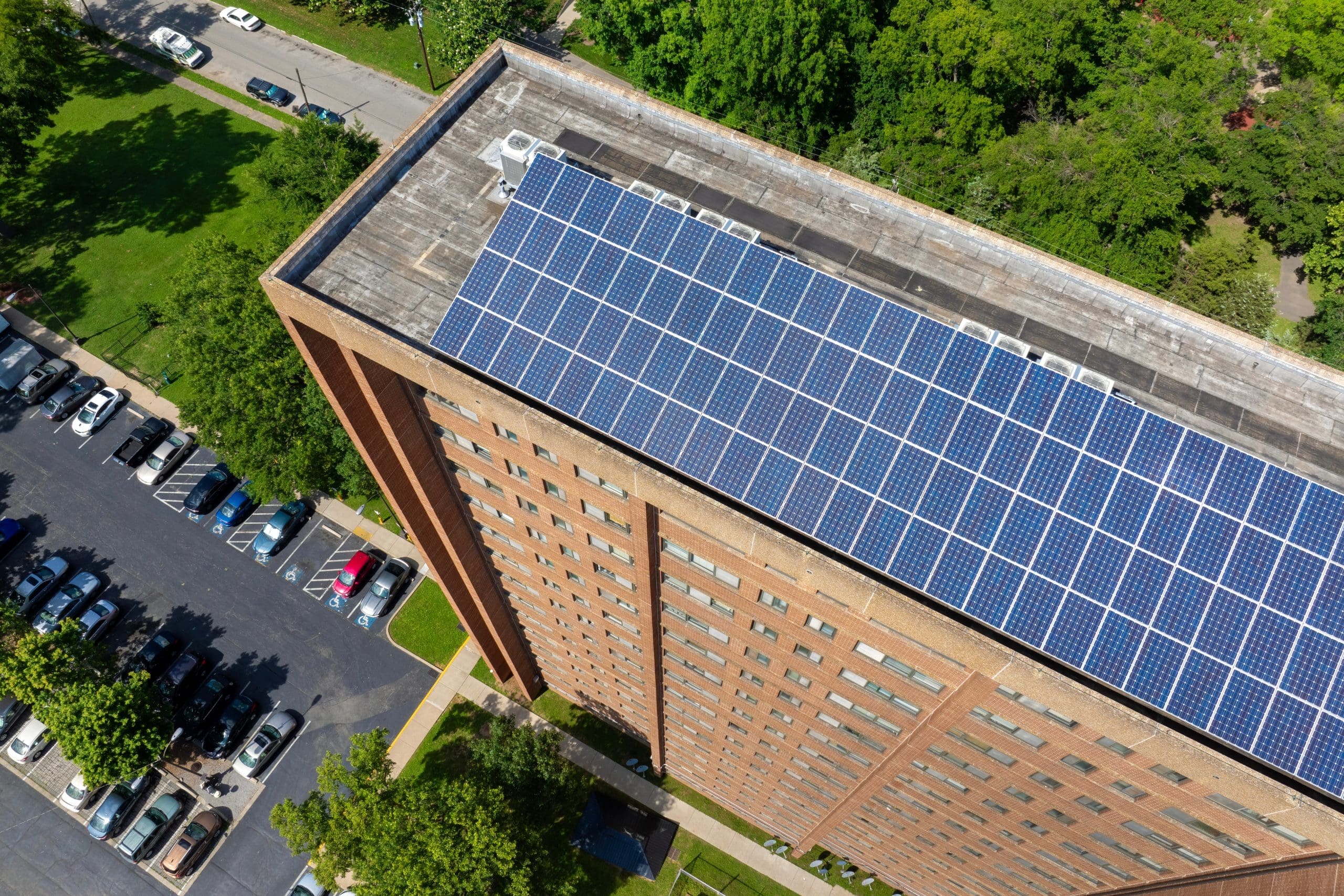Community Benefits: All the projects above produce benefits, but some produce additional benefits to the community beyond the addition of new energy production or transportation infrastructure. These community benefits include: Climate Resiliency, Community Education, Emissions Reductions/Air Quality Benefits, Energy Affordability, Public Health Benefits, and Wealth Creation. Participants selected all that applied to their projects, so some projects contribute more than one community benefit.
Disadvantaged Communities: Communities with significant environmental, social, and/or economic burdens, as defined by the Climate & Economic Justice Screening Tool (CEJST). Disadvantaged Communities (DACs) are defined by census tracts, and represent areas that have been historically underinvested and overburdened by pollution. Federally Recognized Tribes, including Alaska Native Villages, are considered disadvantaged communities, whether or not they have land.
Energy Communities: Communities with a history of pollution or coal plant closures. This includes census tracts where there are 1) brownfields, 2) significant coal infrastructure, and 3) significant local jobs and tax revenue from the coal industry. This definition was published by the Interagency Working Group on Coal and Power Plant Communities and Economic Revitalization (Energy Communities IWG).
Climate Vulnerability: The Climate Vulnerability Index measures a community’s cumulative vulnerability to growing climate risks, based on its pre-existing, long-term health, social, environmental, and economic conditions. Low percentiles indicate relatively lower vulnerability to climate risk, while high percentiles indicate relatively higher vulnerability. This tool defines Climate Vulnerability using the U.S. Climate Vulnerability Index, developed by the Environmental Defense Fund, Texas A&M University, and Dark Horse Analytics.
Congressional Districts: Congressional Districts represent the 119th Congress’s House of Representatives.
Tax Credit Bonuses: There are four bonuses that increase the amount of a tax credit a project receives. They include the following.
- Energy Communities Bonus – This bonus increases the tax credit a project qualifies for by 2 to 10 percent if it is located within an Energy Community. Energy communities encompass census tracts where there are 1) brownfields, 2) significant coal infrastructure, and or 3) significant local jobs and tax revenue from the coal industry. For more guidance on the Energy Communities Bonus or to see if a project is located in one, visit the Department of Energy’s map.
- Domestic Content Bonus – This bonus increases the tax credit a project qualifies for by 2 to 10 percent if it was built with certain percentages of steel, iron or manufactured products that were mined, produced or manufactured in the United States. For more information on the Domestic Content Bonus review the IRS guidance.
- Low Income Communities Bonus – This bonus increases the tax credit a project qualifies for if it is located in a low-income community or on Indian land. For more information on the Low Income Communities Bonus review the IRS guidance.
- Prevailing Wage Apprenticeship Bonus – Meeting prevailing wage and apprenticeship requirements under the Inflation Reduction Act of 2022 can increase the base tax credit a project qualifies for by 5 times. For more information about the Prevailing Wage Apprenticeship Bonus review the Department of Labor guidance.
Total Tax Credits Claimed: The Total Tax Credits Claimed statistic is generated based on self-reported tax credit amount data. Not every project submitted tax credit amounts, and so, this statistic does not include every project shown on the map.
Greenhouse Gas Emissions: The Tons of CO2 reduced statistic is generated based on self-reported data. Not all projects submitted enough data to include them in the summary calculation at the top of the dashboard.




